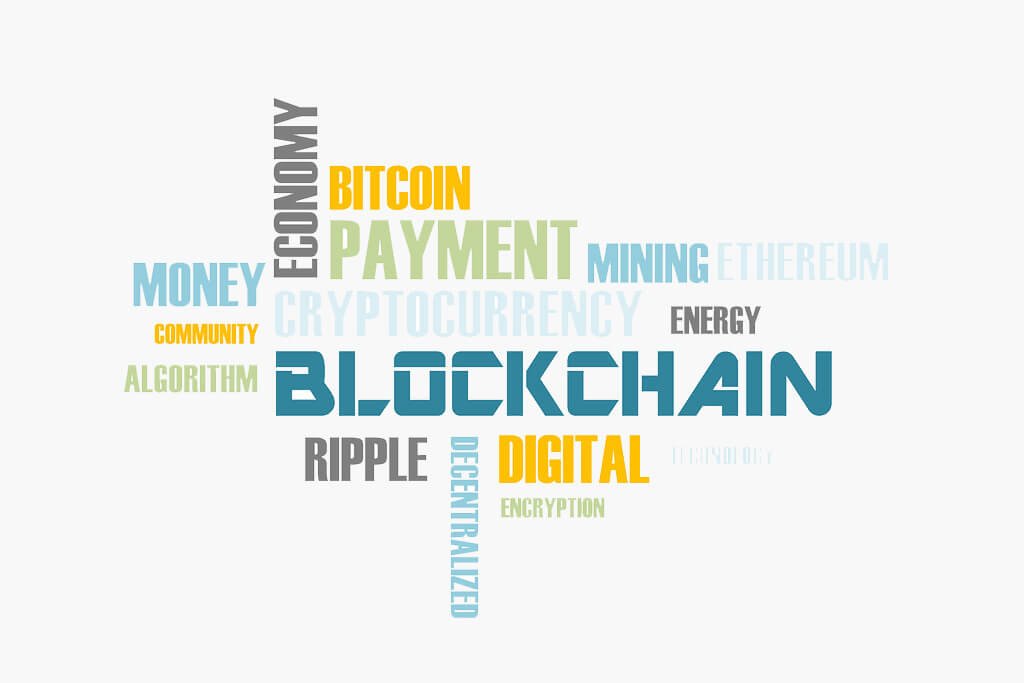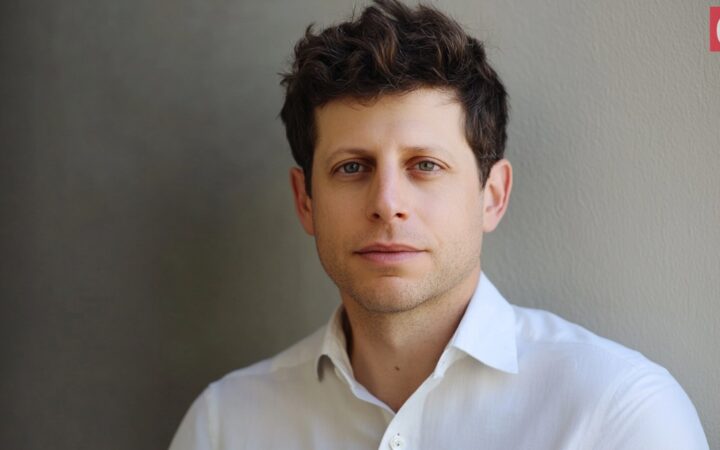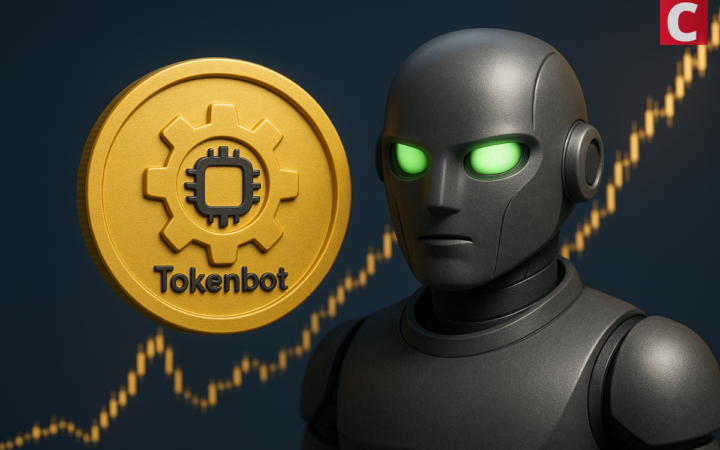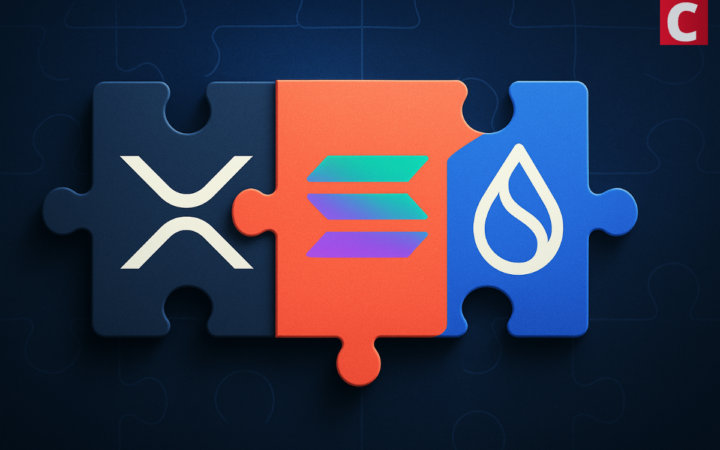
The proliferation of new blockchain projects over the last 12 months has inevitably given rise to a number of dubious offerings. Some are downright frivolous fun (e.g., CryptoKitties). However, plenty of startups run on savvy teams who are leveraging more serious use cases involving blockchain to great effect. Here, we pick three 2018 projects that have discovered innovative ways of applying blockchain to solve real-world problems.
KodakOne
KodakOne will use distributed ledger technology to allow photographers to store their work as digital assets on the blockchain. The use of smart contracts will allow for tracking the licensing and use of these photographs online.
Photographers will be able to receive their royalty payments through the KodakOne platform in the Kodakcoin currency. Moreover, KodakOne will operate an online marketplace for professional photographers to purchase what they need for their work—from hardware to software, and even travel-related services.
With the global proliferation of the Internet, the advent of digital photography and online sharing platforms like Instagram has flooded the web with digital images. This has led to increasingly lower licensing fees for photographs online, making it increasingly challenging for professional photographers to generate income from their work.
The sharp decline in sales of traditional photographic products also brought Kodak to the brink of bankruptcy by 2012. The launch of KodakOne is a move the company hopes will help revitalize its offerings.
Given the rise in stock price when KodakOne was announced in January, the move seems promising. After all, Kodak is leveraging a solid blockchain use-case to solve an age-old problem of the Internet: how to protect the intellectual property of digital assets.
Endor
Endor is based on a discipline known as social physics, which analyzes big data to predict human behavior. The company is merging AI and machine learning with blockchain technology to create an engine that will allow users to ask predictive questions and receive accurate answers in real time.
While this type of AI technology is not new, it requires substantial computing power. In other words, it has thus far been available only to major tech companies with big budgets to match.
Now that blockchain has enabled the decentralization of computing power and its distribution across many nodes, this form of technology can be made available at a far lower cost than what was previously thought possible.
Endor hopes its prediction engine will actualize its vision of becoming “the Google of predictive analytics.” One glance at its credentials is enough to dispel any doubts regarding the company’s capabilities. MIT Professor Sandy Pentland, the cofounder, was listed by Forbes magazine as one of the seven greatest data scientists worldwide. Collectively, the Endor team has published eight books and 100s of scientific papers covering blockchain, machine intelligence, and data privacy.
Recently, the company has successfully concluded a US$45-million ICO, and is backed by Innovation Endeavors, the VC firm cofounded by Eric Schmidt. Lastly, Endor is also partnering with Fortune 500 companies, the likes of which include MasterCard and Walmart.
The Abyss
The Abyss is a digital distribution platform for video games. The problems it solves are twofold.
- The platform itself aims to help video game developers bring their product to market without incurring the considerable marketing costs typically required for a game to stand out in a crowded market. (It plans to achieve this goal through a system that incentivizes users and developers to generate referrals.)
- Without detracting from the platform’s capabilities regarding video games, the main buzz surrounding this project is that it is the first-of-its-kind in terms of DAICO. DAICO— or “distributed autonomous initial coin offering”—was a term coined by Vitalik Buterin on the Ethereum Research Foundation blog in January 2018. The DAICO is an amalgam of DAO and ICO, integrating the decentralized voting elements of the DAO into the ICO process.
The DAICO aims to overcome certain risks ICO investors facing; funds being lost or stolen by hackers, projects losing momentum once the hype of an ICO dissipates and developers are forced to deliver on their original promise, and—potentially the worst scenario—unscrupulous teams that create a shoddy whitepaper, only to cut and run with the funds once the crowd sale has ended.
DAICOs run on smart contracts, allowing individuals to request the withdrawal of their investment at any point if they are dissatisfied with the progress of the project. The smart contracts grant funding in piecemeal, in contrast to an ICO, where all the funds are immediately released. This mechanism is designed to continue incentivizing the development team to see the project through until completion.






